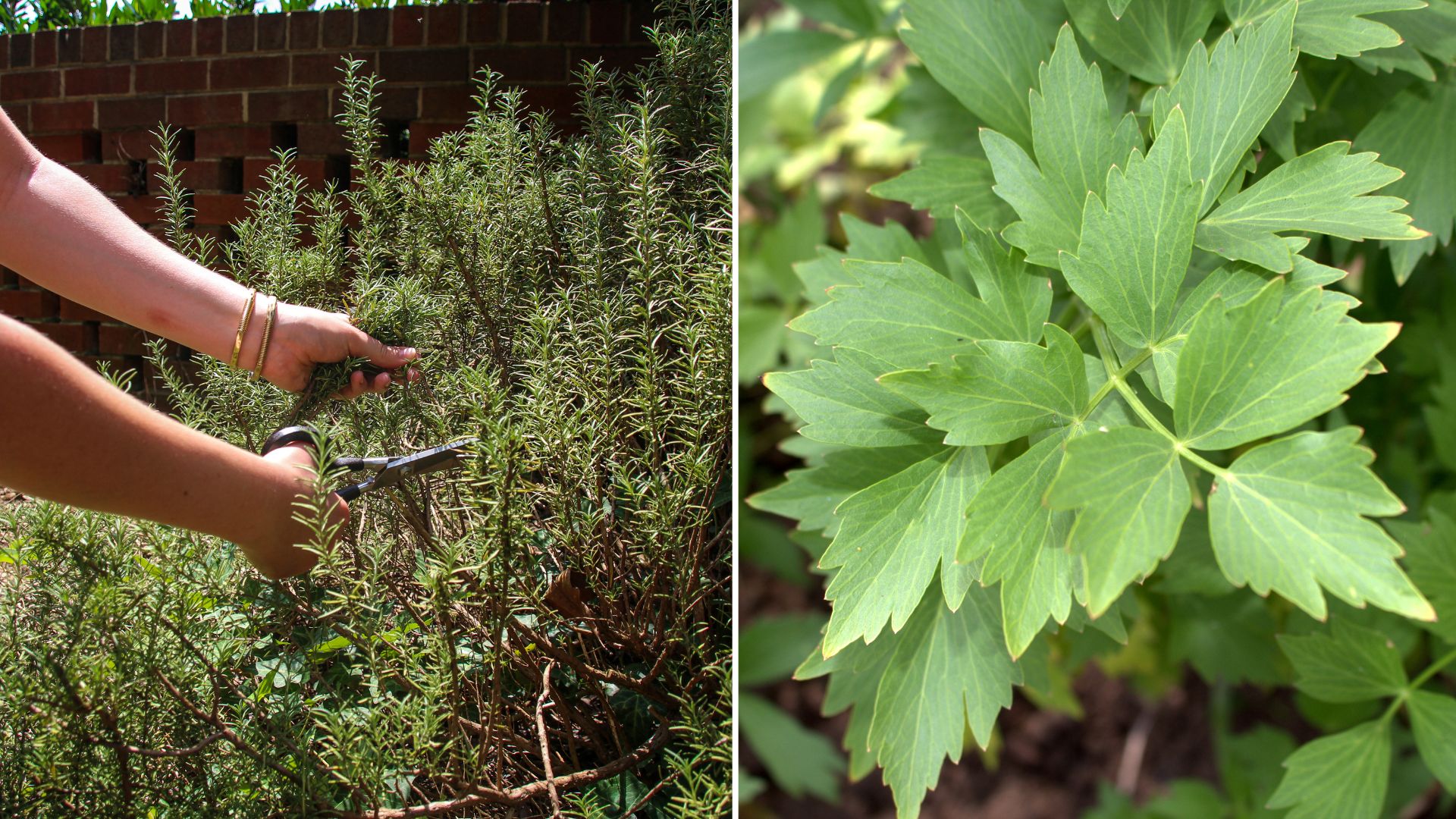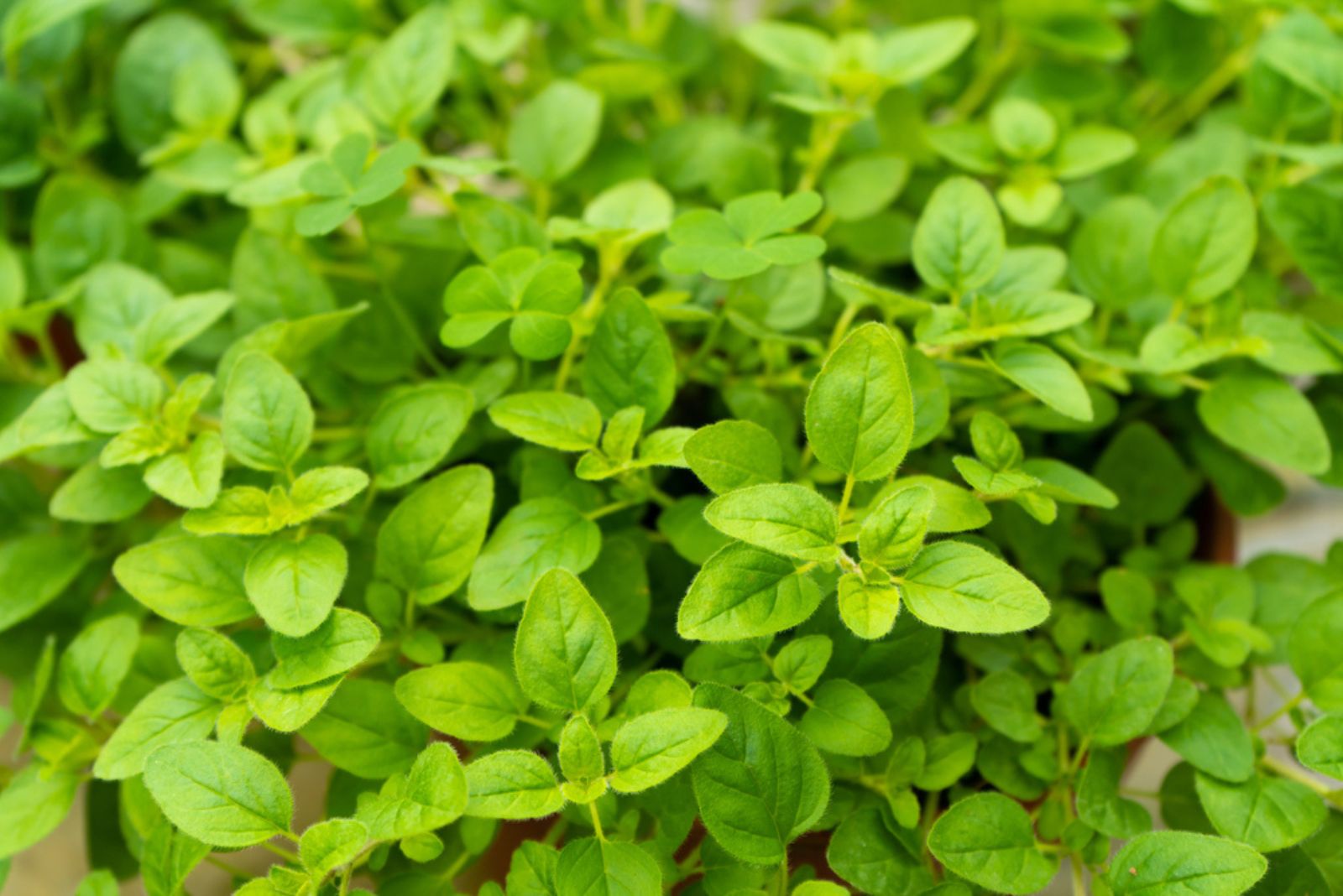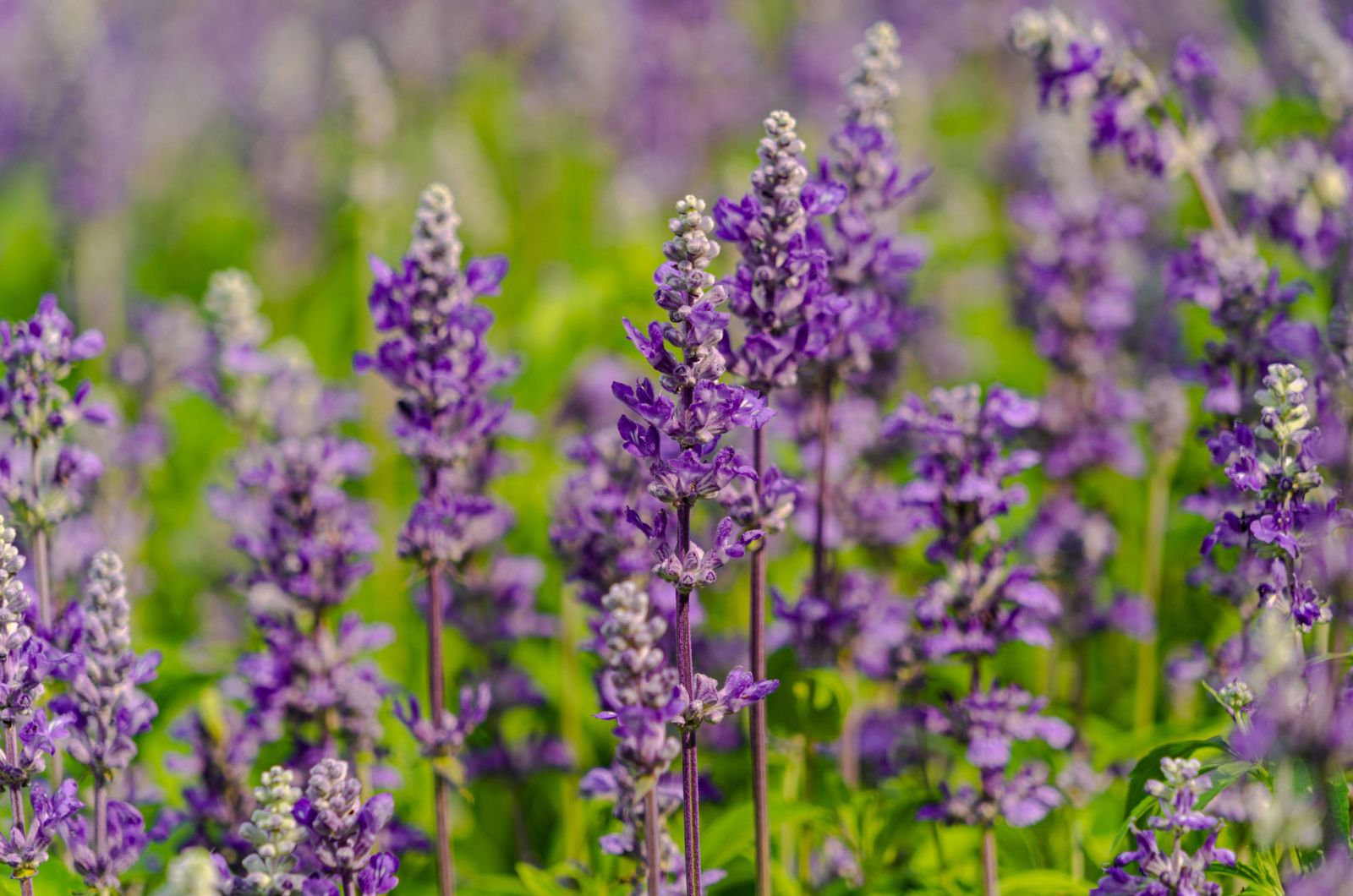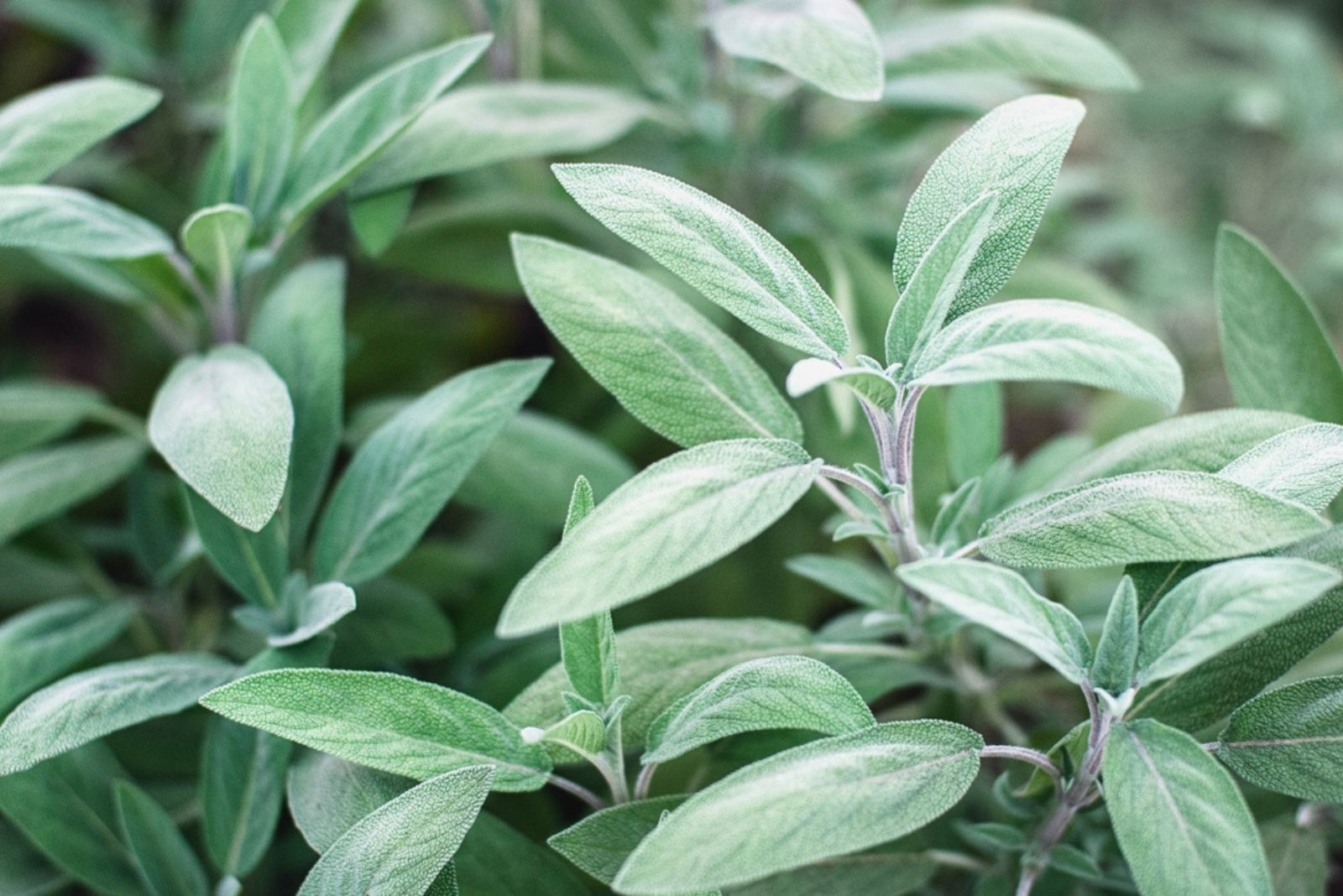Herbs are one of the best plants that you can grow in the garden. Not only do they produce beautiful flowers that attract numerous pollinators, but they can also thrive in poor growing conditions!
Whether you live in a dry climate or simply want to reduce water usage in your garden, growing drought tolerant herbs is the best option because you get to enjoy fresh herbs while saving water.
In this article, we are going to cover some of the prettiest drought tolerant herbs that can grow almost anywhere, so stay tuned!
1. Marjoram
Marjoram is a hardy herbaceous plant that is quite similar to oregano. However, marjoram has a somewhat milder flavor. Its ability to withstand drought makes it an excellent choice for gardeners in regions with limited water availability or those who prefer low-maintenance plants.
This herb grows well in hardiness zones 9 through 10. Marjoram prefers sunny locations and soil that drains well. Marjoram can be grown in containers or directly in the ground, making it suitable for gardens of all sizes.
2. Oregano
Let’s discuss oregano! This drought tolerant herb can be easily grown in pots or in the ground. It should be kept compact in order to prevent it getting too woody. Its distinctive aroma is great for attracting bees and butterflies.
Because it has adapted to growing in dry conditions, it is perfect for gravel gardens and gardens with limited water availability.
Full sun exposure and soil that drains well will keep this herb happy and healthy. Keep in mind that it can grow well in USDA zones 5 through 10.
3. Lavender
Lavender is one of the most popular herbs out there – it’s renowned for its therapeutic and aesthetic properties, but also its ability to grow and thrive in dry conditions.
What’s also great is that you can grow lavender in pots if you don’t have enough garden space. They require at least 6 hours of sunlight exposure during the day and well-draining soil that is also rich in nutrients.
Lavender grows best in USDA zones 5 through 9. Keep in mind that they don’t require a lot of watering and are prone to overwatering.
4. Thyme
Thyme is a low-growing herb that originates from Mediterranean areas, which means that it has adapted to growing in dry environments. Thyme varieties have dense leaves and deep roots that allow them to tolerate drought.
These herbs spread swiftly and produce lovely purple blooms. They are ideal for rock gardens, pathways, ground covers, and borders.
Thyme thrives in USDA zones 4 through 9. They like sunny locations and well-draining soil. They prefer drier conditions instead of moderately moist.
5. Sage
Here is yet another herb that tolerates dryness and has interesting foliage and flowers that can truly spruce up any garden!
The sage plant can get water from deeper soil layers because of its strong roots and leathery leaves, which minimize moisture loss. Sage can therefore flourish in xeriscapes and water-conserving gardens.
Hardiness zones 5 through 10 are ideal for growing these herbs. They need plenty of sunlight and well-draining soil. Sage is delicate and should only be overwatered on rare occasions. It can be grown in the ground or in pots.
6. Rosemary
Rosemary is a famous culinary herb that produces little, light blue or purple blooms with a mesmerizing fragrance. There are two types of rosemary: upright and trailing rosemary. Luckily, both are perfect for dry conditions!
They have deep roots and needle-like leaves that help them retain moisture for a longer period of time.
This herb grows well in USDA hardiness zones 6 through 10. It loves well-draining soil and full sun exposure. It should be pruned each year to prevent it getting woody.
7. Chives
Chives are versatile herbs known for their characteristic onion-like flavor and grass-like leaves. These plants can easily adapt to dry conditions thanks to their tubular leaves that can store water.
Additionally, chives have a deep root system that helps them access water from deeper soil layers.
Chives produce beautiful purple flowers that can spruce up your garden, and they are also often used for making delicious meals and salads.
It is important to provide them with well-draining soil and avoid overwatering. Allow the soil to dry out slightly between waterings, as chives prefer slightly drier conditions.
8. Lovage
Lovage is a perennial plant that produces celery-like leaves often used for culinary purposes. These plants produce long taproots that can absorb moisture deep from the soil.
Even though it has tall leaves, this plant can still withstand dry conditions, which is why it is ideal for xeriscaping and rock gardens. This herb can be harvested several times during the summer and will quickly grow back after cutting.
Lovage grows best in USDA hardiness zones 3 through 8. It prefers growing in full sun to partial shade. The best soil for lovage is nutrient-rich and well-draining.
9. Yarrow
We are ending our drought tolerant plants list with yarrow, which is a herbaceous plant that produces beautiful pink, white, and yellow flowers. These are great for attracting bees and butterflies.
Since its distinctive scent deters deer, yarrow is often regarded as one of the greatest perennials for deer resistance!
Yarrow grows best in zones 2 through 9. Well-draining soil and full sun exposure will keep it thriving, although it can tolerate some shade.






